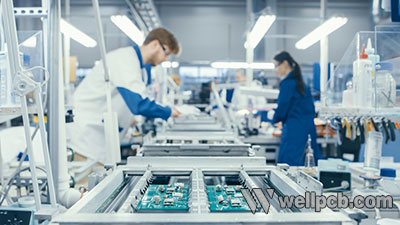Printed circuit board assembly, also referred to as PCBA, is a tool that makes our electronics function as intended. So, if something goes wrong with the printed circuit board, there are high chances that the electronic device will fail and stop working as intended. PCB problems, especially during the assembly stage, can be one of the biggest headaches for producers because several issues may go wrong during the design or assembly stages.
We have managed to create a list of the ten common problems of PCB manufacturers during PCBA. By getting to understand these issues, you can go ahead and keep them at the back of your mind while manufacturing your printed circuit boards in the hopes of ensuring that you avoid problems that can bring damage to your PCB.
Contents
- 1 Problems to be Noticed Between Traditional PCB Assembly and Modern PCB Assembly
- 2 LED Problems During PCB Assembly
- 3 Too Small / too Large Copper-to-edge
- 4 Solder Joint Defects
- 5 PCB Assembly of Small Parts
- 6 Printed Circuit Boards Assembly–Problems With the Dispensing Method
- 7 Printed Circuit Boards Assembly–Assembly of Regular and Irregular Patches
- 8 Material Adhesion Problem During Printed Circuit Boards Assembly
- 9 Printed Circuit Boards Assembly Process Solves Heat Dissipation Problem
- 10 Printed Circuit Boards Assembly– Design for Manufacturing (DFM)
- 11 Summary
Problems to be Noticed Between Traditional PCB Assembly and Modern PCB Assembly
Unlike before, where printed circuit boards were undertaken through the manufacturing process minus using a lot of technology, modern manufacturers of printed circuit boards employ an arsenal of tools and techniques. Manufacturers now combine both traditional and cutting-edge technologies to ensure that printed circuit board assembly is fast and precise.
Printed circuit assembly includes several essential steps during the manufacturing process that traditional manufacturers find hard to conduct these steps with ease. For instance, essential steps such as component soldering, through-hole soldering, and SMT soldering require advanced technology, an aspect that modern manufacturers of printed circuit boards can achieve with a lot of ease, especially during PCB prototype assembly and the final assembly stage.
Therefore, when in the market for boards that will function as desired, you may have to consider problems or challenges both traditional and modern PCB assemblers face to make an informed decision.
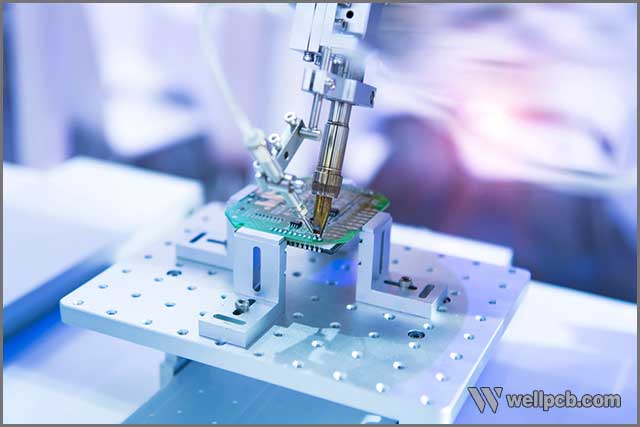
LED Problems During PCB Assembly
Lately, LED lighting is almost everywhere around us, with more and more lighting replaced by light-emitting diodes (LED). The LED light comes with a longer life-span, lower power consumption, and more energy efficiency than conventional lighting bulbs that were common a few years back.
In the printed circuit board industry, when people talk of LEDs (LED printed circuit boards, LED circuit board, LED PCB board), they refer to printed circuit boards used in applications that require LED lighting.
Sadly, problems may arise when it comes to PCB assembly, leading to a board that fails to function according to the intended way. The use of inferior materials, unqualified personnel, wrong LED lights, and inadequate manufacturing methods are some of the most common LED problems that bring out a product that ends up disappointing the final consumer.
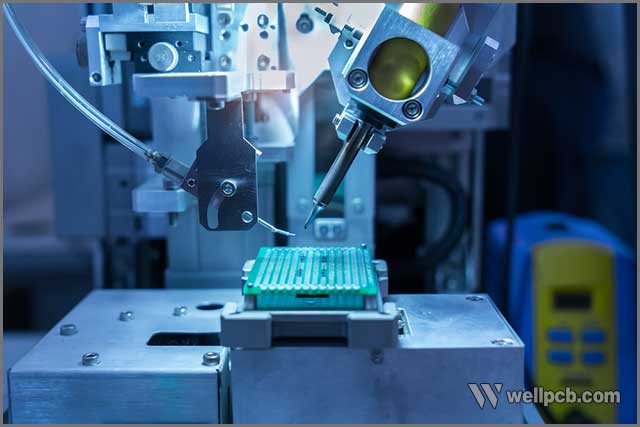
Too Small / too Large Copper-to-edge
Based on the fact that copper is one of the most conductive materials, it has remained to be one of the most active components in the manufacture and assembly of printed circuit boards for a long. However, what many manufacturers fail to understand is that copper can bring about plenty of PCB challenges as it is highly corrosive.
To prevent corrosion from taking place and damage other parts of the board, it is advisable to follow a few essential details. Too little or too much copper can bring about corrosion. To ensure that there’s insufficient copper, bne careful when trimming the printed circuit board. Ensure that there’s enough clearance between the edge and the copper.
On the other hand, if the copper-to-edge is too large, you may have to cover it with other materials to avoid corrosion instances.
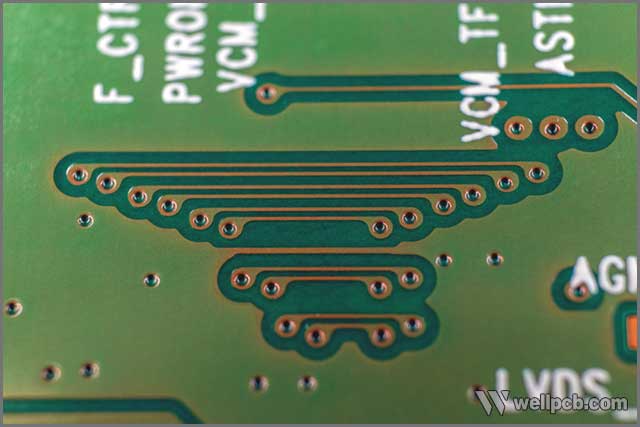
Solder Joint Defects
Issues to do with solder joints are equally among the biggest challenges that manufacturers of printed circuits have to contend with, especially during printed circuit assembly. With components getting smaller by the day, it becomes more tasking to come up with perfect solder joints.
Whether you use a classic solder or of high quality, even a slight issue may bring a lot of damage to the entire board. Ideal solder joints must consist of surface angles that resemble the shape of a Hershey’s kiss. Similarly, they must contain concave, smooth fillets as well. Excessive solder, solder balling, and cold joint are characteristics of bad solder joints to watch out for by PCB assemblers.
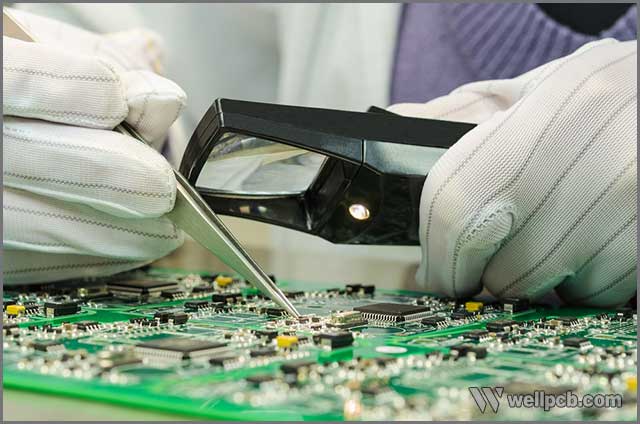
PCB Assembly of Small Parts
As mentioned way earlier, the printed circuit board seems to be getting smaller and smaller with every day that passes. Transformers, diodes, and transistors, among other common tools in the manufacture of printed circuit boards, seem to be getting small and small.
Now, that is where a problem comes in. With printed circuit boards becoming smaller, manufacturers, and printed circuits, assembly experts also find it challenging to assembly these parts together.
Now more than ever, PCBAS assembly experts require the use of the latest tools and technologies to ensure that small parts’ assembly becomes a hassle-free task. With that said, this calls for additional costs and resources for procuring such tools and equipment. Some parts are so low even to the naked eye, which is why you only need to trust experienced professionals to do it.
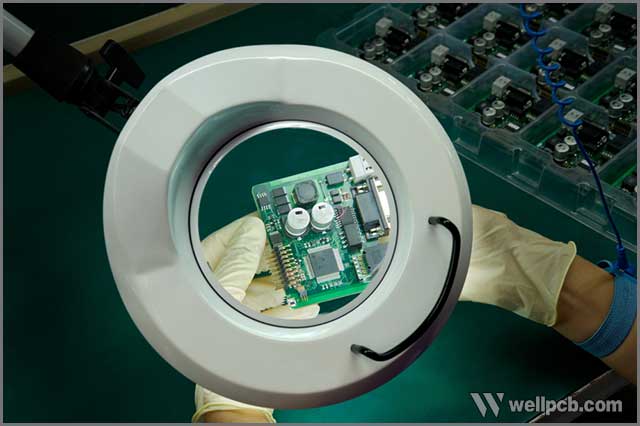
Printed Circuit Boards Assembly–Problems With the Dispensing Method
When it comes to printed circuit boards, there’s what is known as a dispensing method. While this may sound somewhat confusing to some, in short, dispensing carried out on a printed circuit board is a method aimed at increasing the board’s binding areas.
Again, when it comes to the assembly of printed circuit boards, problems with the dispensing method can occur, which may go a long way in negatively affecting the overall functionality of the board.
Before the components’ placement, a glue dispensing machine will apply dots of glue onto the printed circuit board where the component’s body will eventually sit to hold them together in place until the contacts and the leads get soldered.
But when done wrongly, using ineffective tools, there are chances of coming up with weak boards that may leave users with some unpleasant experience.
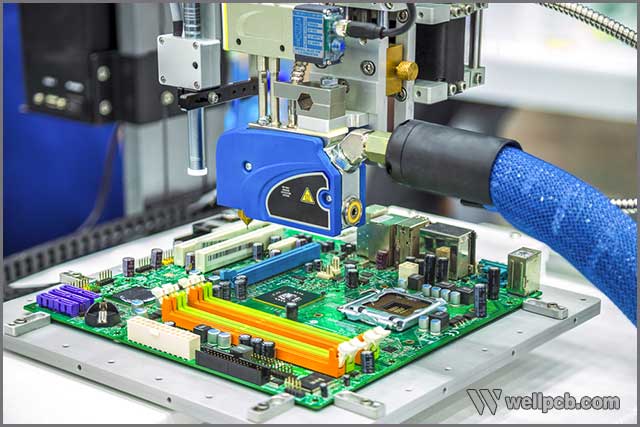
Printed Circuit Boards Assembly–Assembly of Regular and Irregular Patches
When you open up a printed circuit board, you’ll notice that nearly all of them consist of regular and uneven pieces. Some parts must fit together while other parts must stand alone, hence the need to be a little bit different from the rest.
Unfortunately, when it comes to the assembly of printed circuit boards, more than often, you’ll come across boards whose regular and irregular patches get assembled. Again, this exercise produces boards that won’t function as desired. Another essential thing that assemblers also need to watch out for during PCB circuits’ assembly.
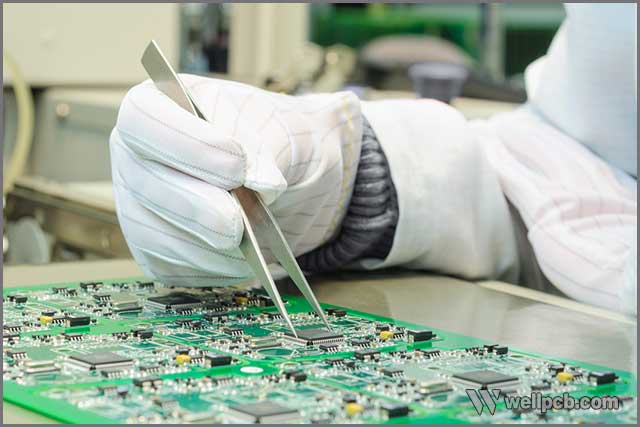
Material Adhesion Problem During Printed Circuit Boards Assembly
Adhesion is the adhering of different types of materials to one another. When it comes to matters to do with printed circuit boards, high-quality adhesives are reliable, and issues don’t occur that often. When used correctly, they can resolve plenty of design challenges while also saving time, money, and effort.
But there are plenty of chances of failure to do with material adhesion during SMT). This will make it easy for a pick and place machine to easily pick and place the components on the PCB (PCB assembly. Some of the problems you need to look out for here include loss of adhesion, reduced adhesion strength, and a lack of adherence upon cure. Other things to watch out for include an insufficient mix of two-part adhesives, which may lead to lower physical properties and a lack of excellent board strength.
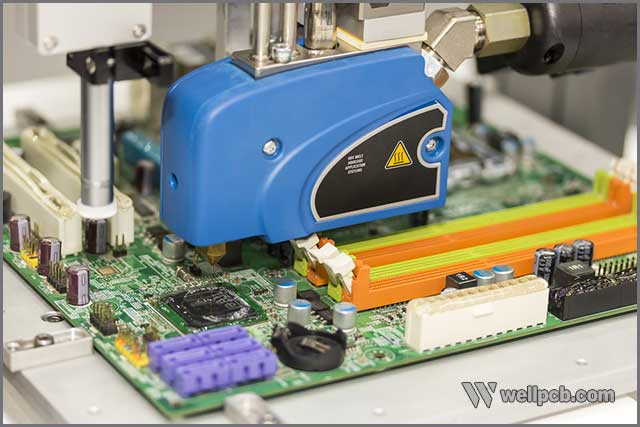
Printed Circuit Boards Assembly Process Solves Heat Dissipation Problem
Managing heat is one of the essential things when it comes to the manufacture of printed circuit boards. A board whose design can’t dissipate heat may end up with operational challenges, if not a complete failure.
PCB Rapid Prototyping. 3D PCB Printing not only makes the PCB but it also does the Printed Circuit Board Assembly (PCBA experts need to design boards that can withstand and dissipate heat effectively during the PCB assembly process. Luckily enough, plenty of PCB manufacturers today understand how to achieve this during printed circuit boards.
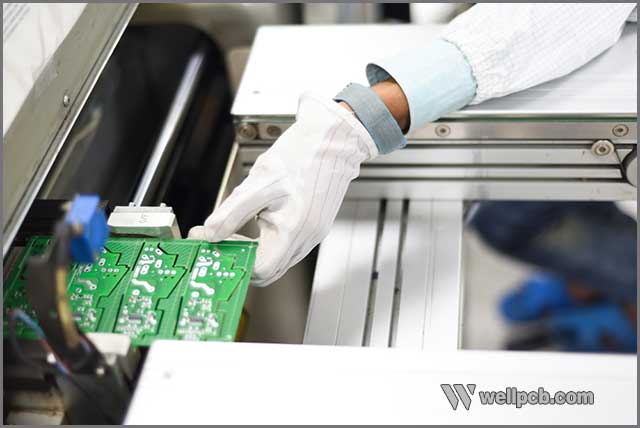
Printed Circuit Boards Assembly– Design for Manufacturing (DFM)
Design for manufacturing also referred to as DFM in short, is an engineering practice that manufacturers use to design products to aim that they are straightforward to use. The design of a particular product that is to be manufactured in terms of functionality, materials, and tolerances using the most efficient manufacturing methods.
When it comes to SMT). This will make it easy for a pick and place machine to easily pick and place the components on the PCB (PCB assembly, questions to do with DFM are equally important that you need to look into before making purchases. You have to purchase boards assembled while manufacturers thought of issues to do with quality at the back of their minds.
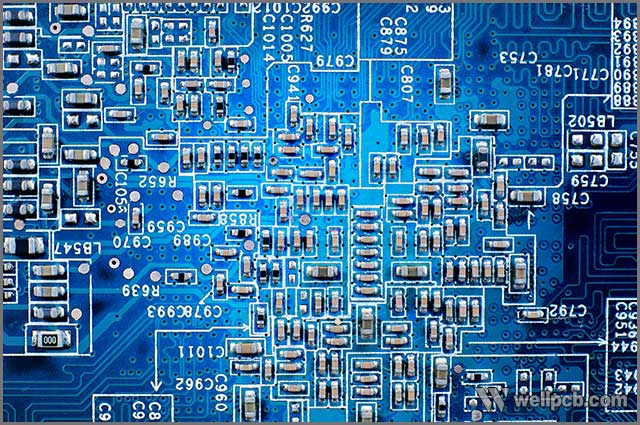
Summary
Your PCBs will function as desired if you factor in all the above common assembly questions. At all times, always ensure that you are keen instead of letting your manufacturer handle everything on your behalf as you sit and watch. Inquiring the right questions will bring about the success of your boards, and therefore, higher profitability. Are you looking for the right PCB services, look no further than WellPCB. Talk to one of our experts and get to learn everything to do PCB assembly circuit services.
